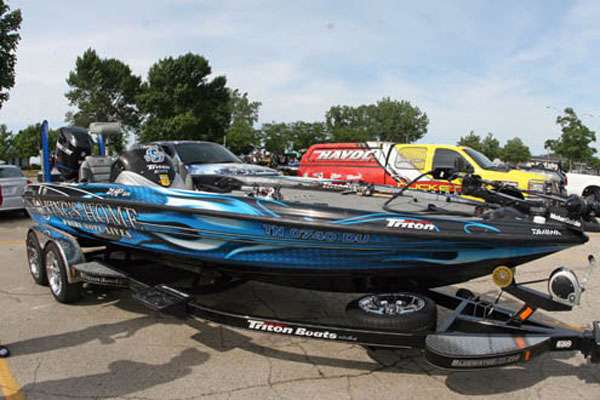

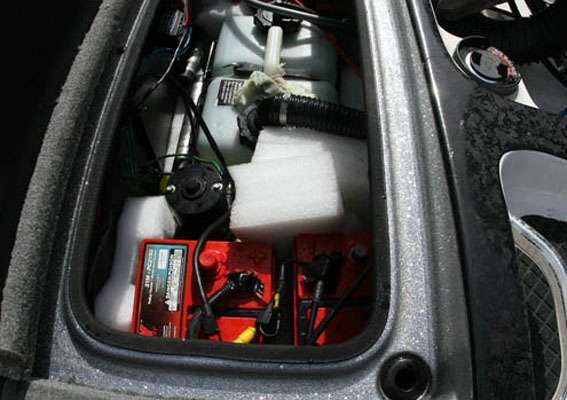




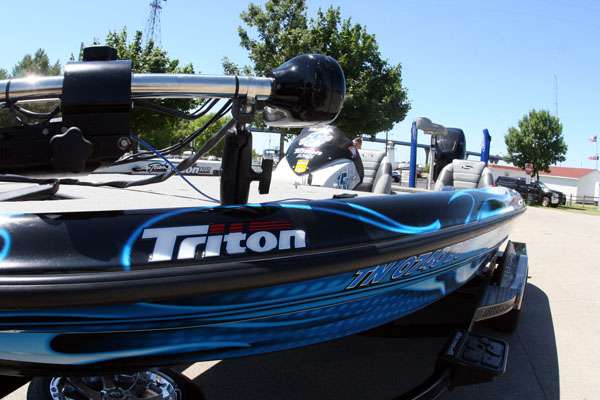


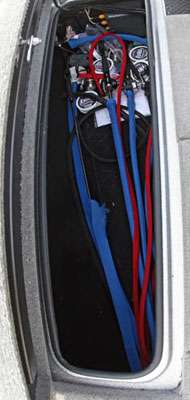
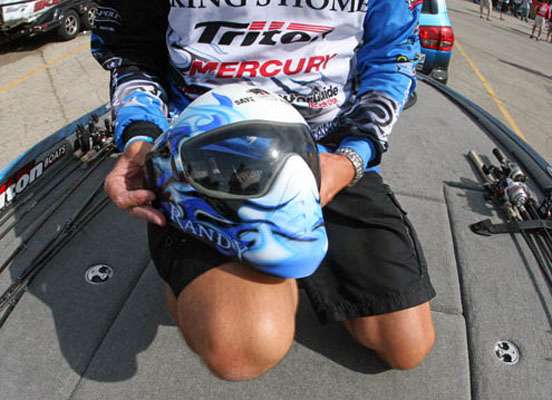

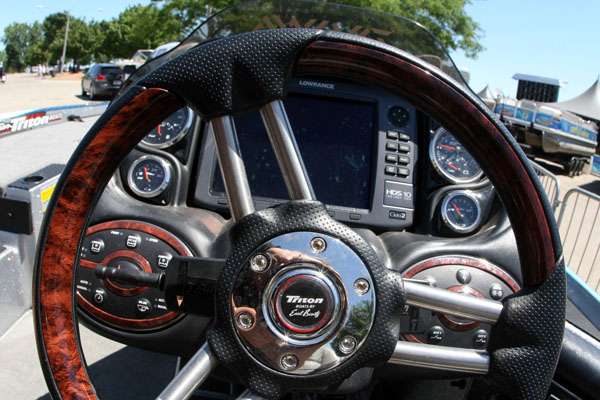
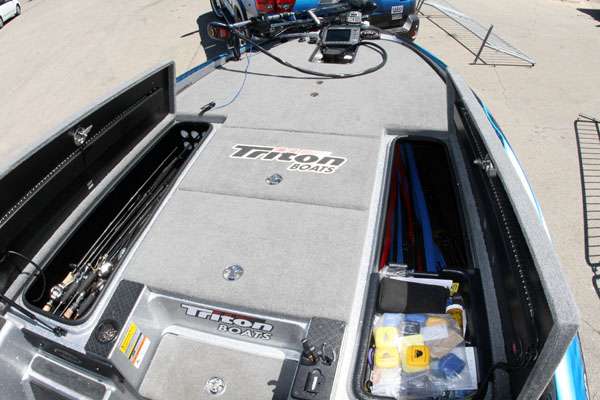
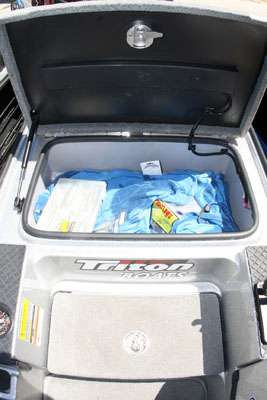
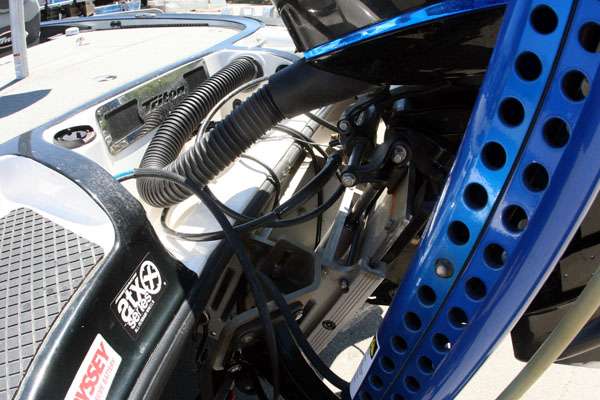

Please enter your details.
We cannot find an active B.A.S.S. Membership for the information you have provided. Please renew your membership here.We cannot find an active B.A.S.S. Membership for the information you have provided. Please try again.Scheduled maintenance. We'll be back shortly. If you continue to have trouble please contact customer service at 877-BASS-USA.
Elite Series pro Randy Howell takes extra precautions with his Triton 21X when he knows he'll be boating on rough waters.
















